In late August, I embarked on a road trip around Nova Scotia, wrapping up my summer travels by exploring Halifax and the southern part of the province.
The Flights and Hotels
Much unlike my impromptu habit of reserving flights less than 24 hours before departure, I booked this trip two weeks in advance.
The outbound flight between Montreal and Halifax cost 27,800 Aeroplan points in business class. It was a few thousand points more expensive than economy. For a small premium, I got free breakfast on board and a wider seat with more legroom on the Airbus A220.
The return segment was the epitome of dynamic pricing. In economy class, it cost the same 27,800 points and $48 in taxes that I paid for the flight to Halifax in business class.
That didn’t seem like a good deal, so I bought a cash fare on Flair Airlines for $148. It included luggage, preferred seat selection, and flexible changes.
When it comes to hotels, I reserved two nights at the Marriott Halifax Harbourfront and another two at the Westin Nova Scotian. I’ve already reviewed the former, while Ricky had stayed at the latter a few years ago.
Rates at both hotels were in the ballpark of $200 per night. The value of redeeming Bonvoy points here wouldn’t have met our valuation of 0.9 cents apiece, so I decided to pay cash.
In Yarmouth, I booked the Tru by Hilton Yarmouth for about $135 per night. Tru is one of Hilton’s limited-service brands, similar to Courtyard by Marriott, but with a youthful and creative twist.
Air Canada A220 Business Class, Montreal to Halifax
My flight was departing in the morning. At 6:30am, Montreal Trudeau was busier than I have ever seen it during the pandemic.
Thanks to my business class ticket and Aeroplan 25K status, I took advantage of the priority check-in, skipping a good 20 minutes of waiting in line. After that, security was efficient, even though there were queues.
The Airbus A220 seemed to be full, and the boarding took its full allotted time of about 35 minutes. It was a relief to see that people are flying again.
Onboard service began soon after reaching 10,000ft. It was the classic Air Canada parsley omelette with red skin potatoes, which I also happen to be eating as I’m writing this article on another flight en route to Vancouver.
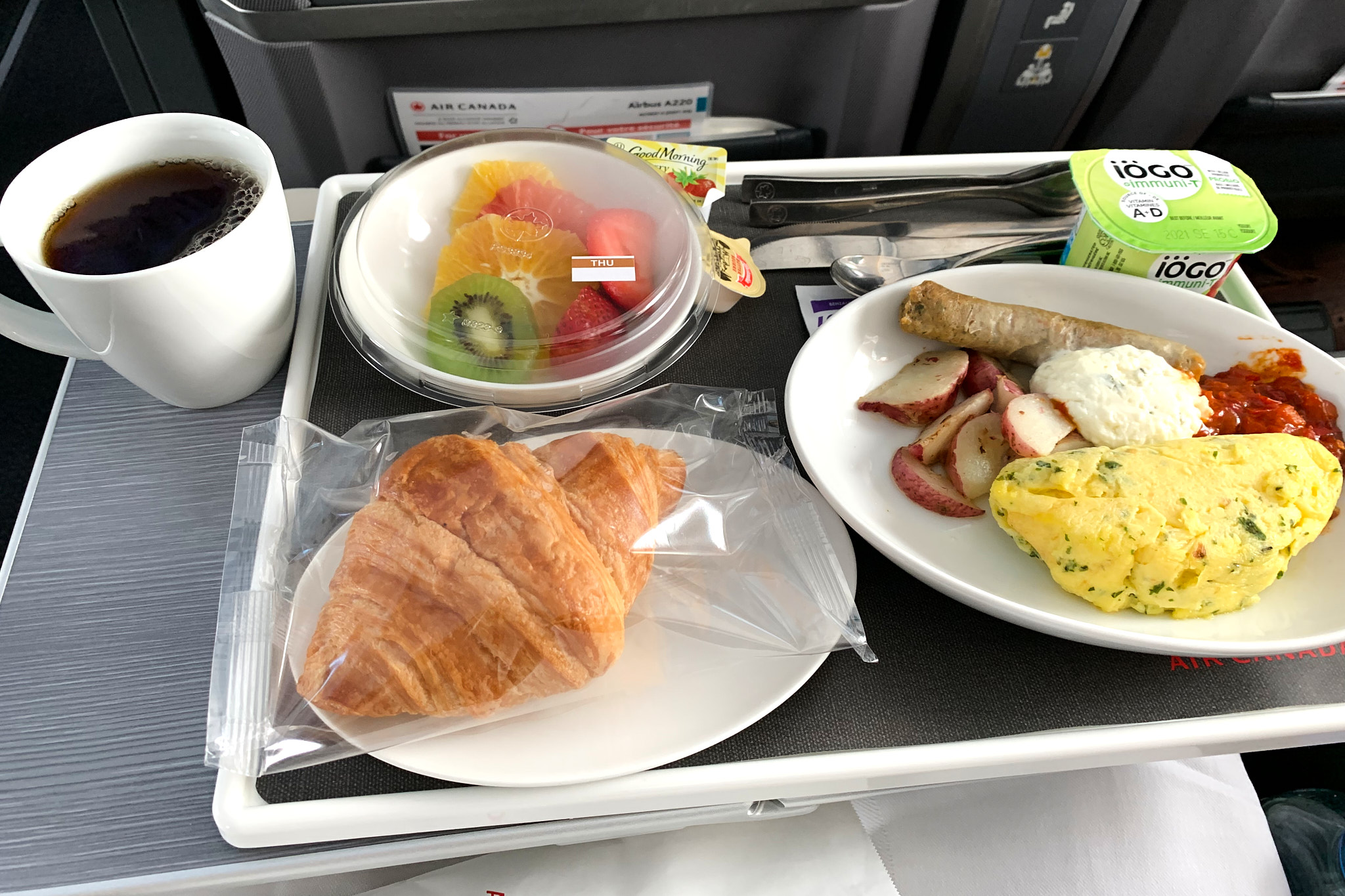
After the crew took care of the meal trays, the aircraft began its descent into a rainy Halifax Stanfield Airport.
Day 0: Arrival
Upon my arrival, Halifax greeted me with a tropical storm warning and a choice between getting bankrupted by a $55 Uber fare or waiting an hour for the MetroX bus. I wanted to catch up on some work anyway, hence I stationed myself at the Tim Hortons inside the terminal.
A little while later, I boarded the bus that took me to the city. The driver didn’t have change for my $20 bill and let me ride for free, marking the start of a warm welcome into the city.
After a 45-minute commute from the airport, the rain didn’t subside, so I hired a much more affordable Uber from the bus terminal to the Westin Nova Scotian, which was the first hotel on my list.
The Westin didn’t have my last-minute suite upgrade ready yet, so I left the baggage with the staff and went for a chai latte and a bowl of Thai curry soup at a nearby coffee shop. Both were excellent.
An hour later, I sadly glanced at the “No Amex” sign on the coffee shop counter and walked back to the hotel to get ready for tomorrow’s trip to Yarmouth.
However, before calling it a day, I couldn’t resist trying out one of the many Asian restaurants in the neighbourhood. I settled for a Japanese place, where I sampled some great ramen and seafood udon noodles.
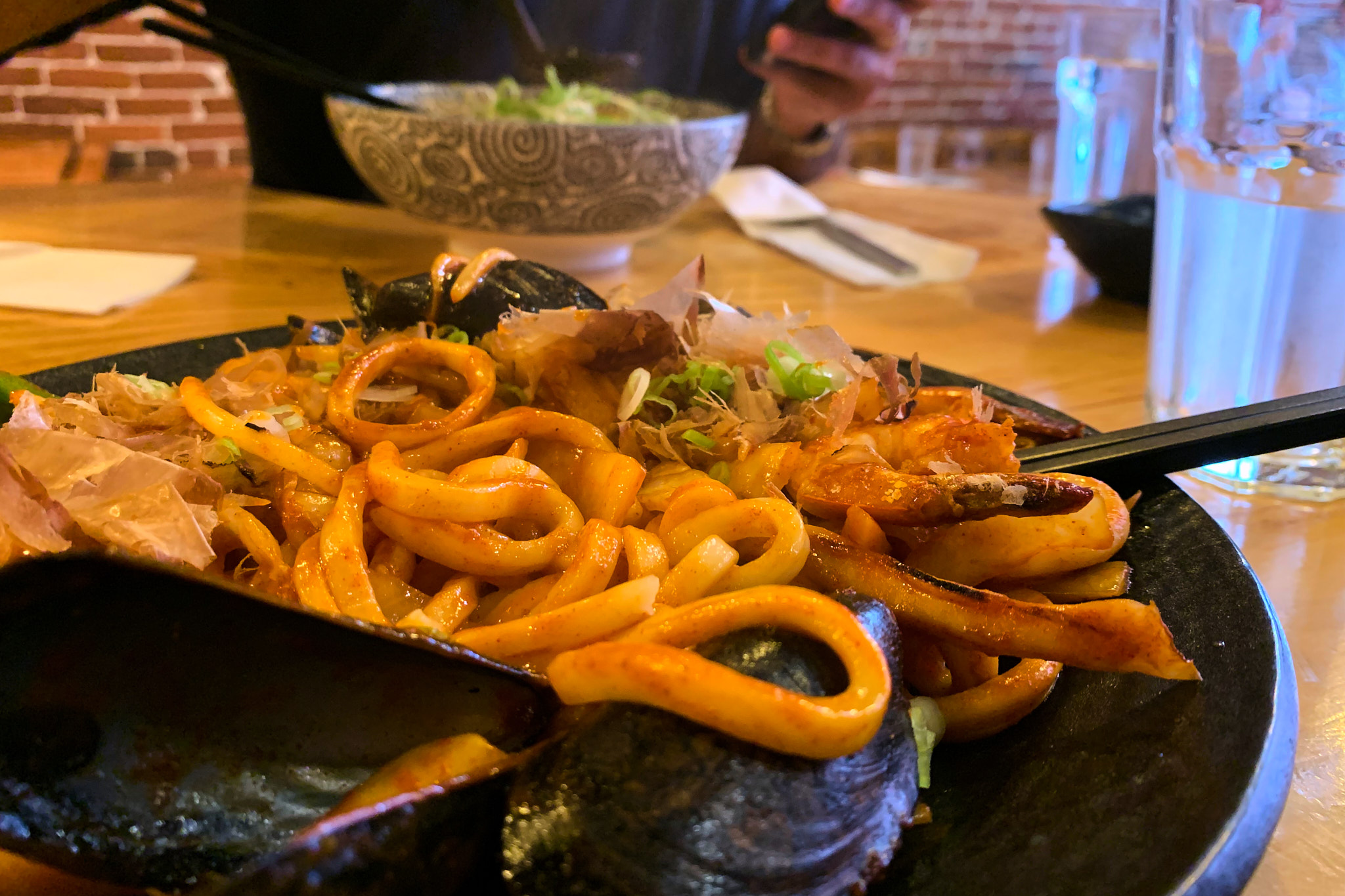
Day 1: Mahone Bay, Lunenburg, and Yarmouth
After having breakfast next morning, I set off for Yarmouth. Along the way, I decided to stop in Mahone Bay and Lunenburg – two cities about an hour away from Halifax.
Mahone Bay is a picturesque town, home to sea-themed gift shops, artisan coffee roasters, and breweries. Right on arrival, I was met with a stunning water view, live music, and a few idyllic churches exhibiting a 20th-century small town America vibe.
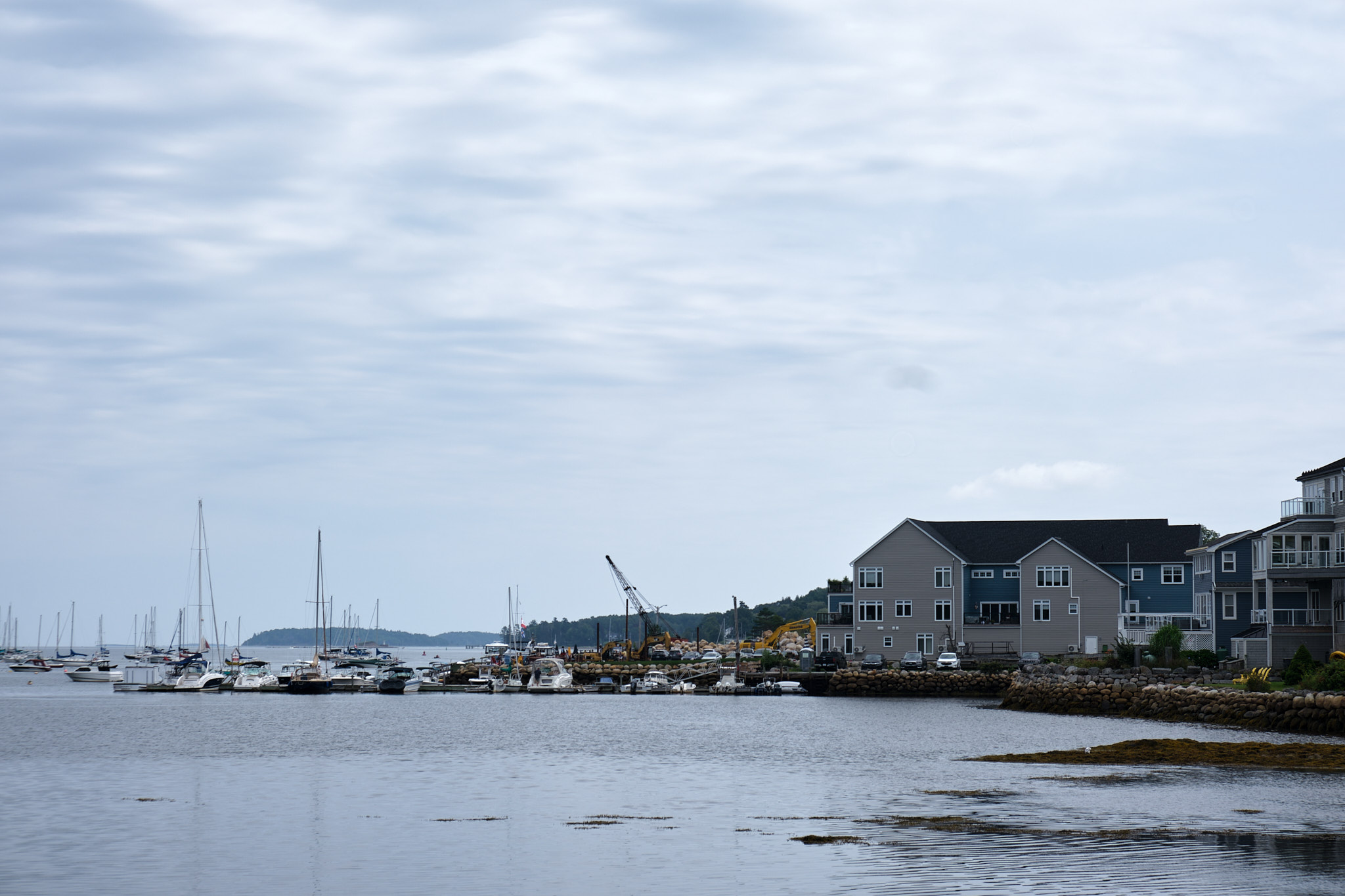
The town houses a museum showcasing its shipbuilding history, but with a long itinerary ahead, I decided to indulge in some quick gastronomical pleasures instead.
Much to my delight, since I was not the one driving, I was able to include breweries, wineries, and distilleries in the itinerary.
Therefore, the first stop in Mahone Bay was Saltbox Brewery, where I ordered tasters of four different local beers. They were affordably priced, but I only liked two of them.
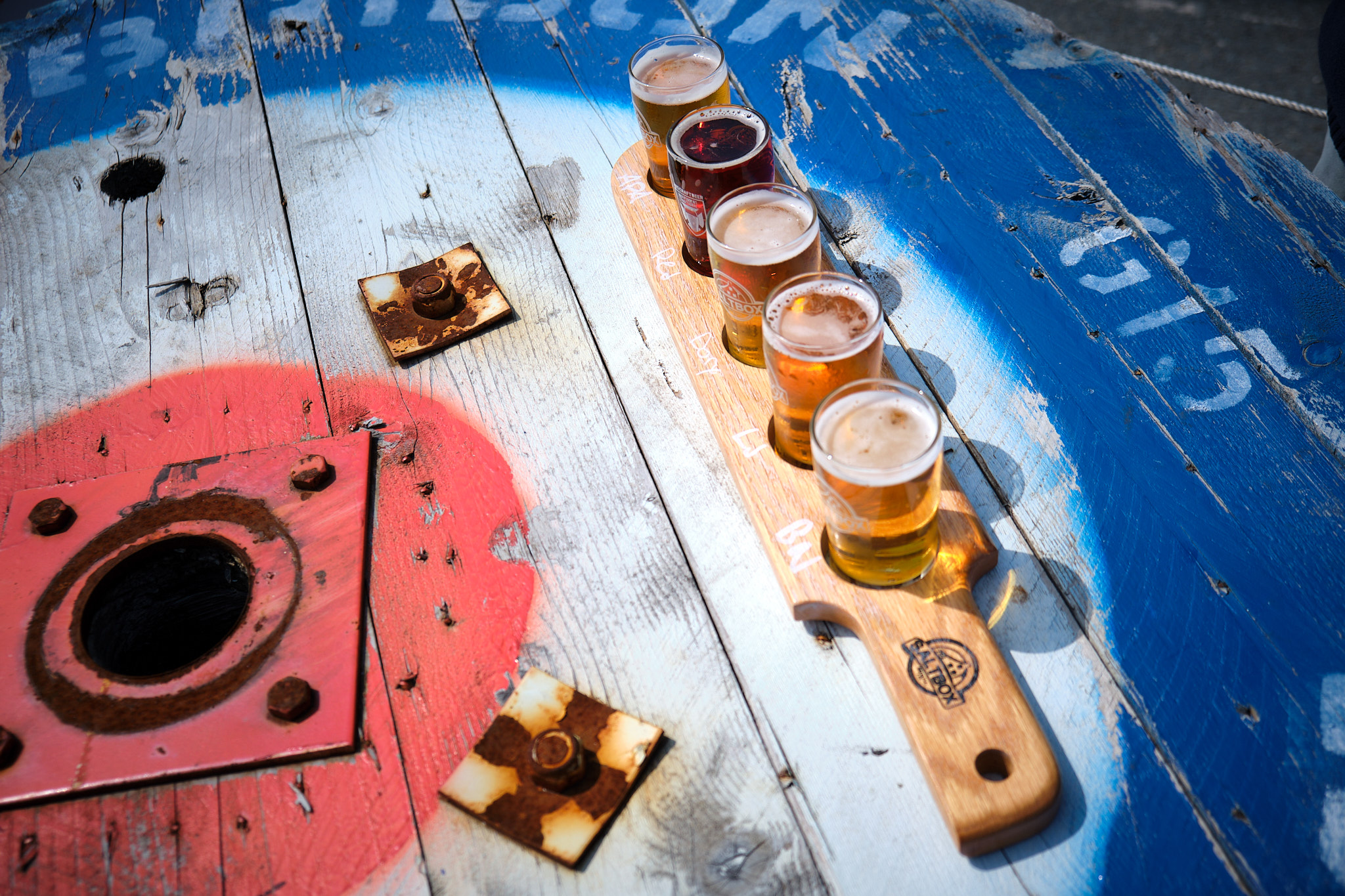
Next, I wanted to check out a dining spot that an acquaintance had recommended: Mateus Bistro. Unfortunately, they were closed for the afternoon. At that point, I have been exploring the town for over an hour already, so I set off for Lunenburg.
Lunenburg is a small sea-themed town on the coast of Nova Scotia. It is home to Bluenose II, a replica of the famous Bluenose schooner depicted on the Canadian 10-cent coin. The ship is the town’s main attraction, and visitors are allowed on the deck.

While strolling along the waterfront, I went to check out The Smoke Pitt, a highly-rated barbecue restaurant. The pulled pork sandwich was delicious. Sadly, it was accompanied by a bitter taste of having to pay $3 for a bottle of water, as they didn’t serve any for free.
My last stop in Lunenburg was Ironworks Distillery. It’s located in a blacksmith shop, where ship parts used to be manufactured, further showcasing the sea-inspired heritage of the region.
I went for a swift tasting, and thought that Ironworks’ apple-based vodka and berry-infused gin were quite unique.
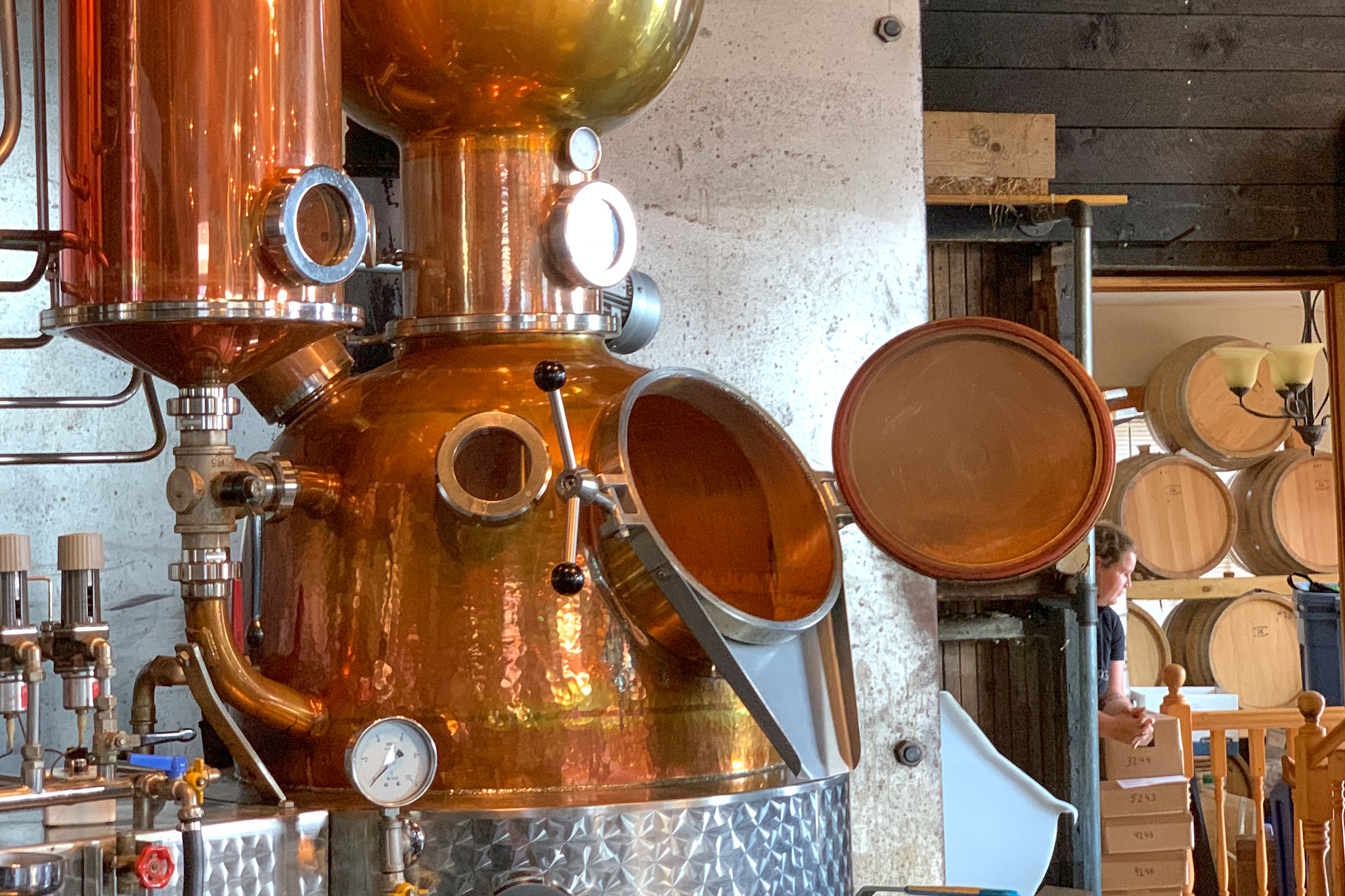
Satisfied with my accomplishments in Mahone Bay and Lunenburg, I proceeded to Yarmouth. There, I arrived quite late. The only thing I had time for in the evening was an uneventful dinner, followed by a night of sleep at the Tru by Hilton.
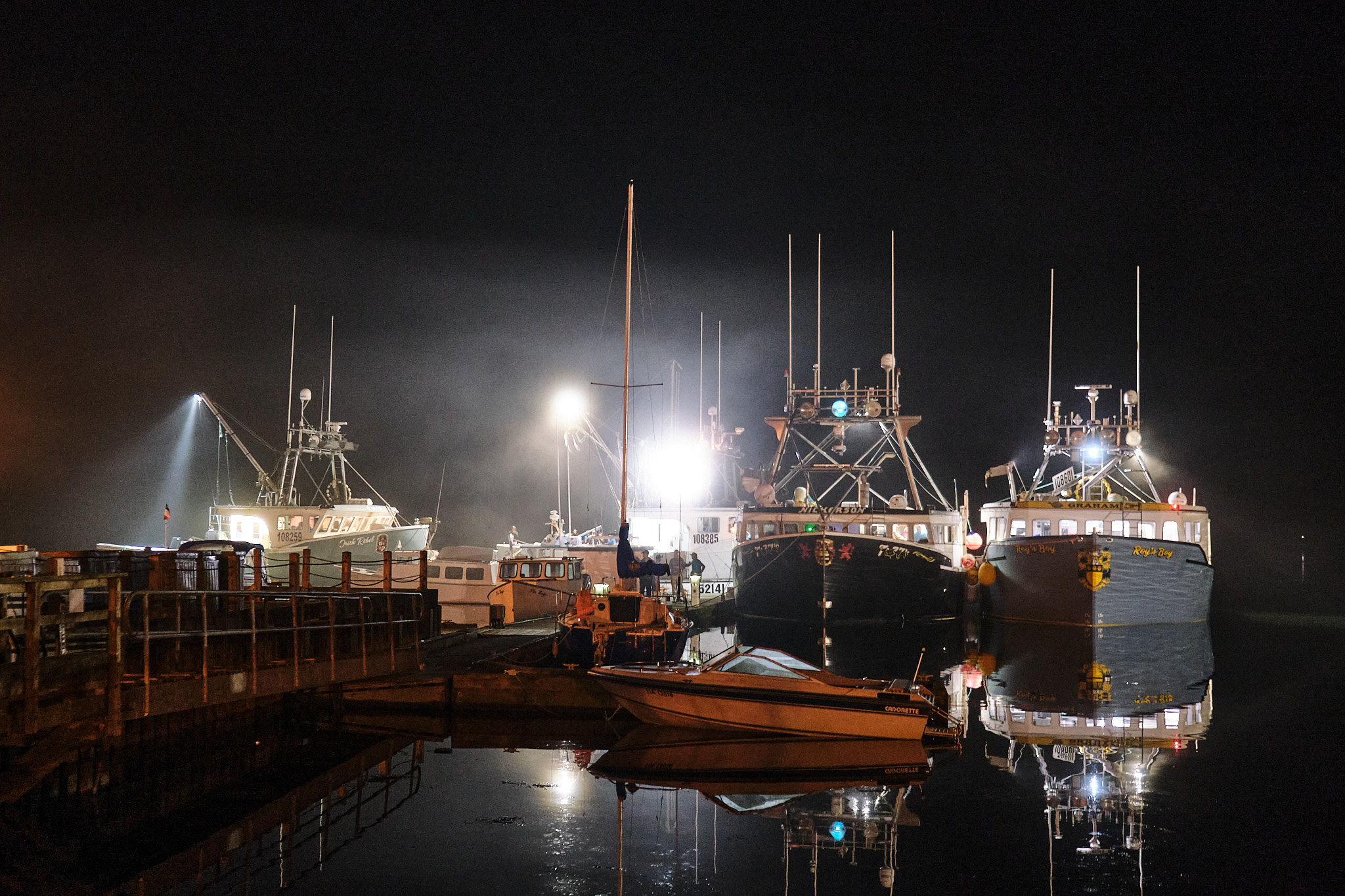
The hotel had decorations inspired by indigenous art native to the region.
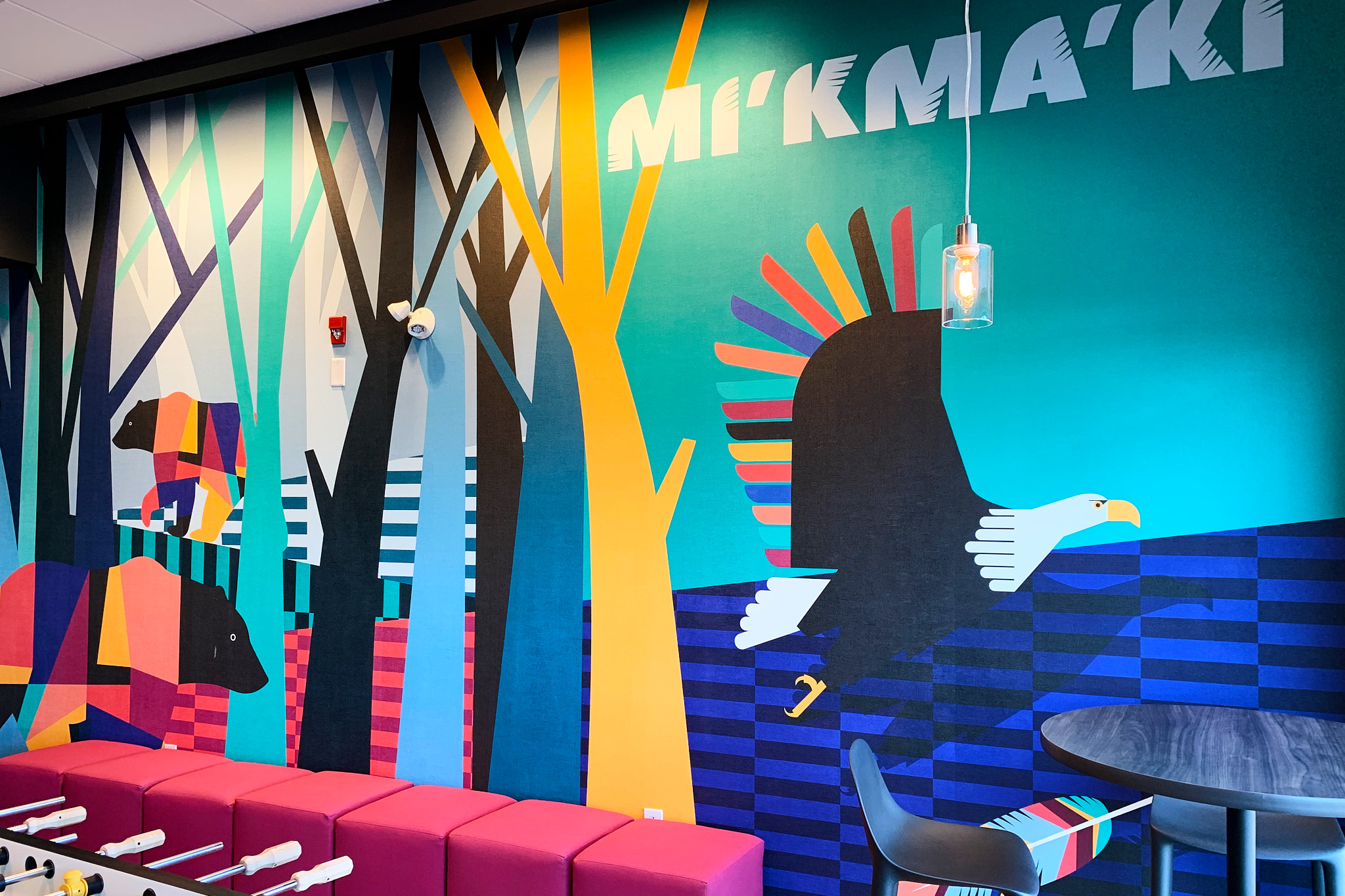
The check-in experience was poor: the staff mismatched the room type in my reservation, and then scrambled to find a room for me at the late hour.
When I entered the room, the trash bins hadn’t been emptied. I brought up both concerns with the manager of the hotel the next day upon checkout, and was offered a couple of drink vouchers as compensation.
Days 2–3: Fort Anne, Kejimkujik National Park, and Wineries
The Tru breakfast buffet consisted of eggs, bacon, fries, pastries, bread, waffles, and fruits. Some items tasted better than others, but overall, the meal was filling enough to last for a couple of hours.
The opening landmark of Day 2 was Fort Anne National Historic Site. A four-hundred-year-old fort, it’s positioned on an idyllic green field facing a rocky waterfront.
While a perfect background for photos, the only points of interest on site are a couple of statues, cannons, and old buildings.

Right across the street from Fort Anne, I found the Annapolis Brewing Company. They have a large selection of fruity beers, and I thoroughly enjoyed a tasting flight.
A short drive away, I stopped by Bear River Vineyards. While I am no wine connoisseur, I liked one of their Rieslings, so I acquired a bottle as a gift to my family.
The last spot of the day was Kejimkujik National Park, home to a lake with crystal-clear water and views of the surrounding green hills. The lake is suitable for swimming, but the beach is pebbly, and I regretted not bringing slippers.
Next morning, I was planning to explore Halifax, but some friends invited me to a local winery tour.
Two of the wineries left a lasting impression: Luckett Vineyards for excellent food pairings, and Grand Pré for the sheer diversity, size, and history of the establishment.
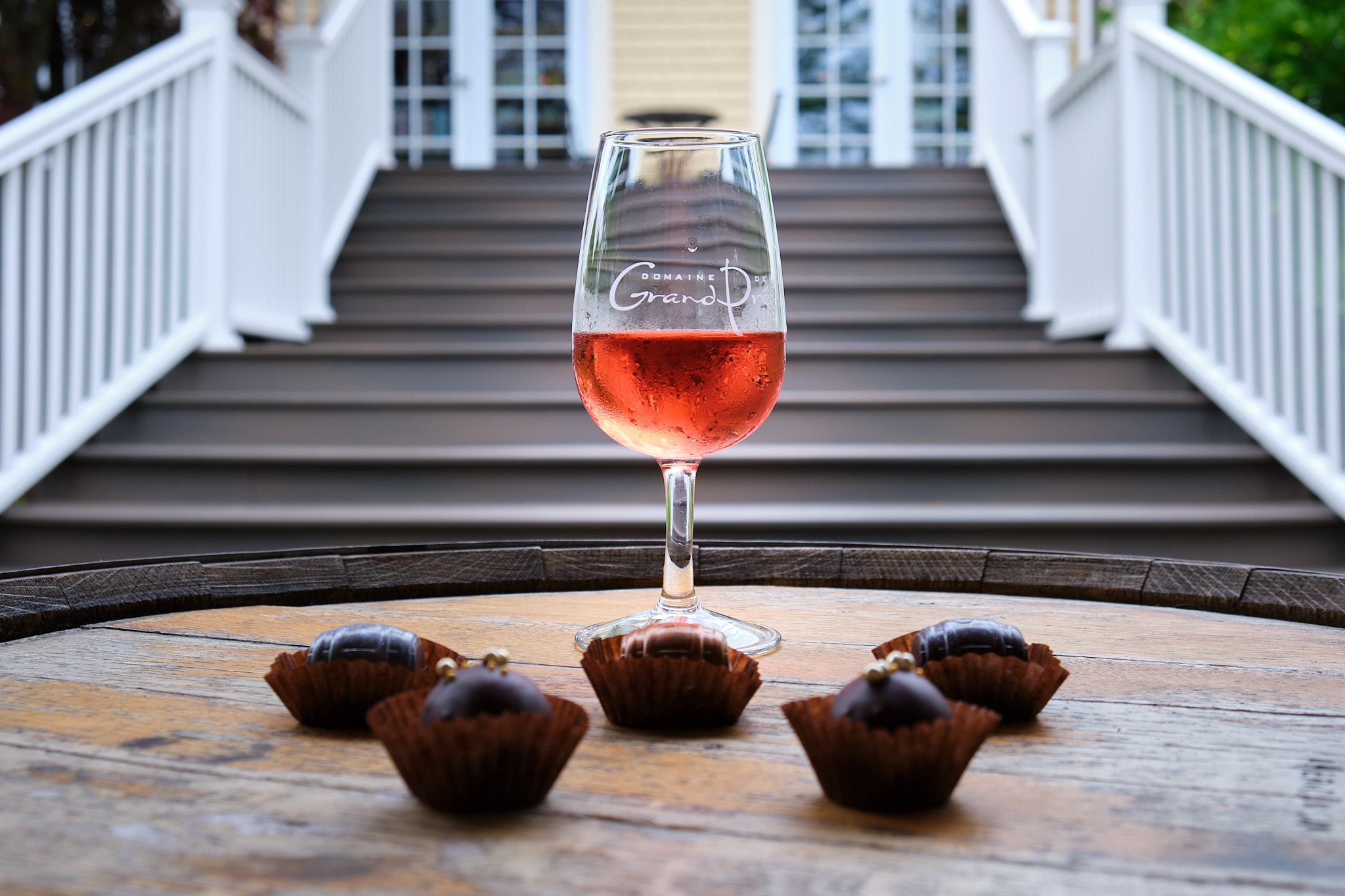
Day 4: Halifax Citadel and Public Gardens
With less than two days left before my return flight, I proceeded to explore Halifax.
The Halifax Citadel is the central attraction of the city. It was open as a museum in 1956, many years after accomplishing its final military role of an anti-aircraft defence site during World War II.
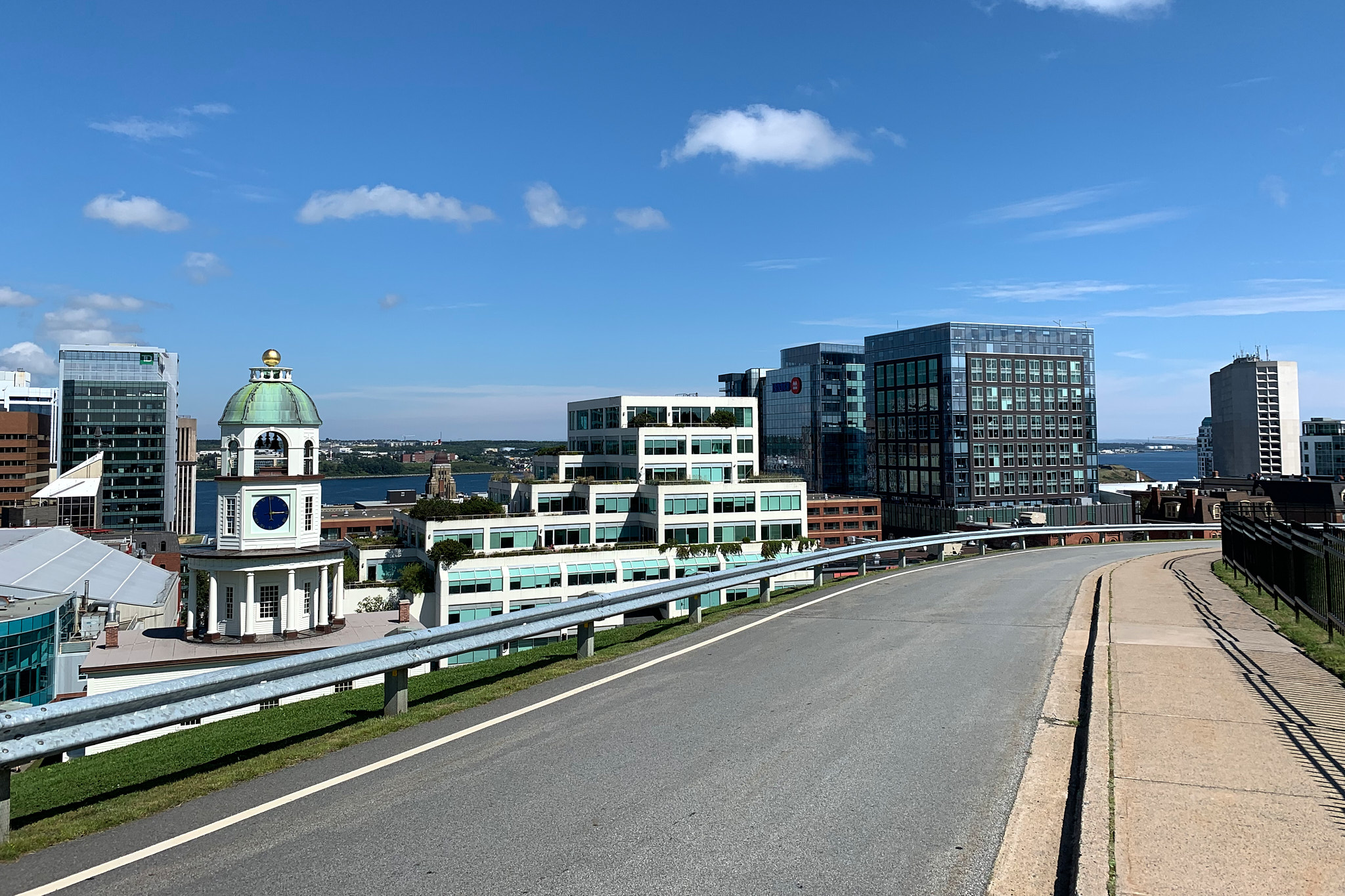
After climbing the steep hill leading to the Citadel, I was handed a Parks Canada pamphlet showcasing the different establishments and activities in the reconstructed fort.
I spent about two hours wandering around the military museum, former sleeping quarters, and underground rooms from which cannons were fired.
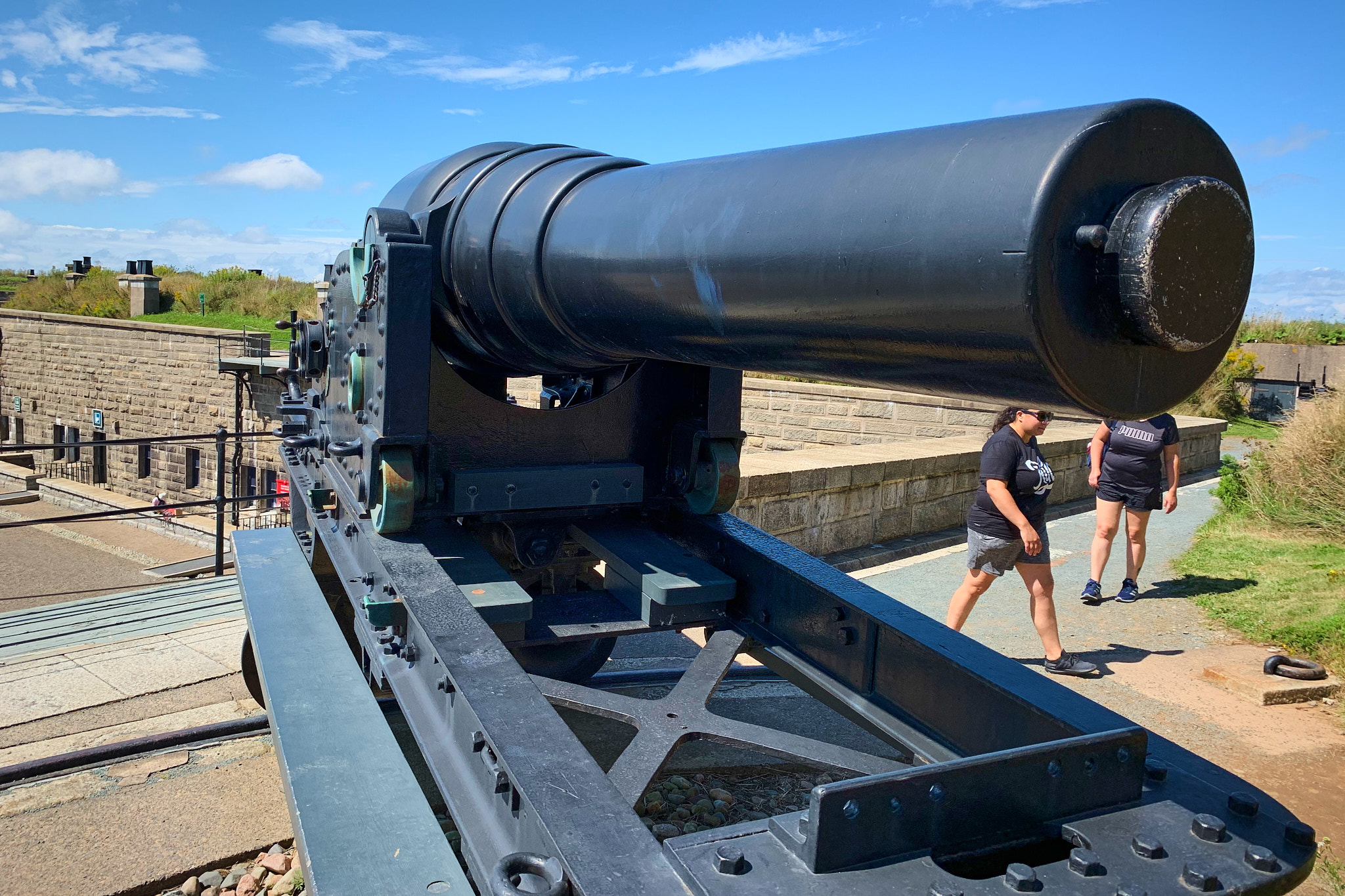
While I was exploring, I noticed musical performances, guided tour rehearsals, and gunners dressed in antique soldier uniforms firing the traditional daily Noon Gun.
Having enjoyed the Citadel, I headed to Halifax Public Gardens. They instantly reminded me of Victorian England due to the colourful plant arrangements, elaborate fountains, and neat walkways.
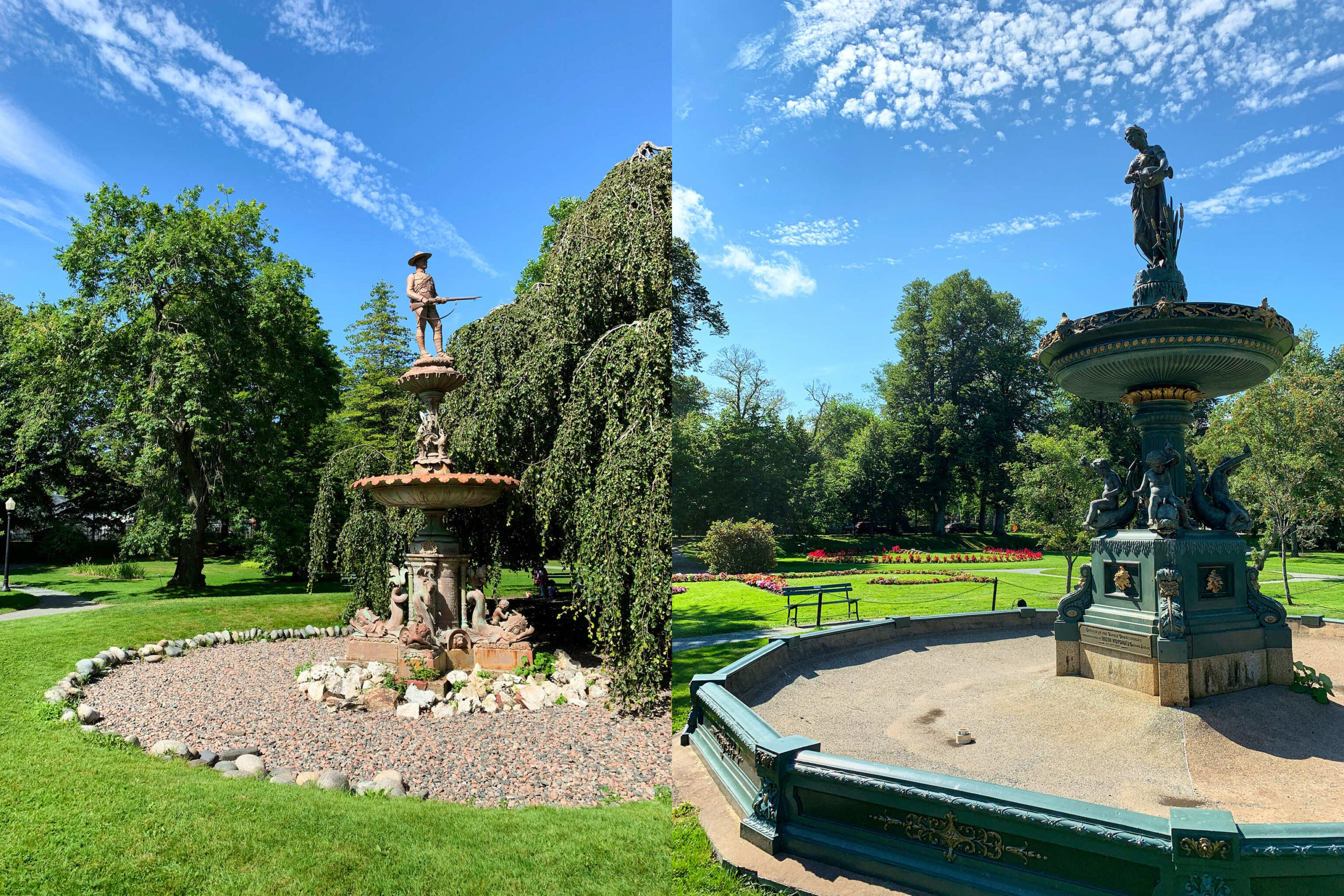
Day 5: Immigration Museum and Departure
Early the next day, I decided to check out the Pier 21 Immigration Museum, showcasing the history of Halifax as a major passenger port up until 1971.
One wing of the museum features a miniature reconstruction of the former immigration shed, as well as full-size replicas of parts of the former building.
The other wing showcases the history of immigration to Canada up until present day. It tells stories of people who came into the country as workers, students, and refugees, in hope for a better life in a multicultural community.
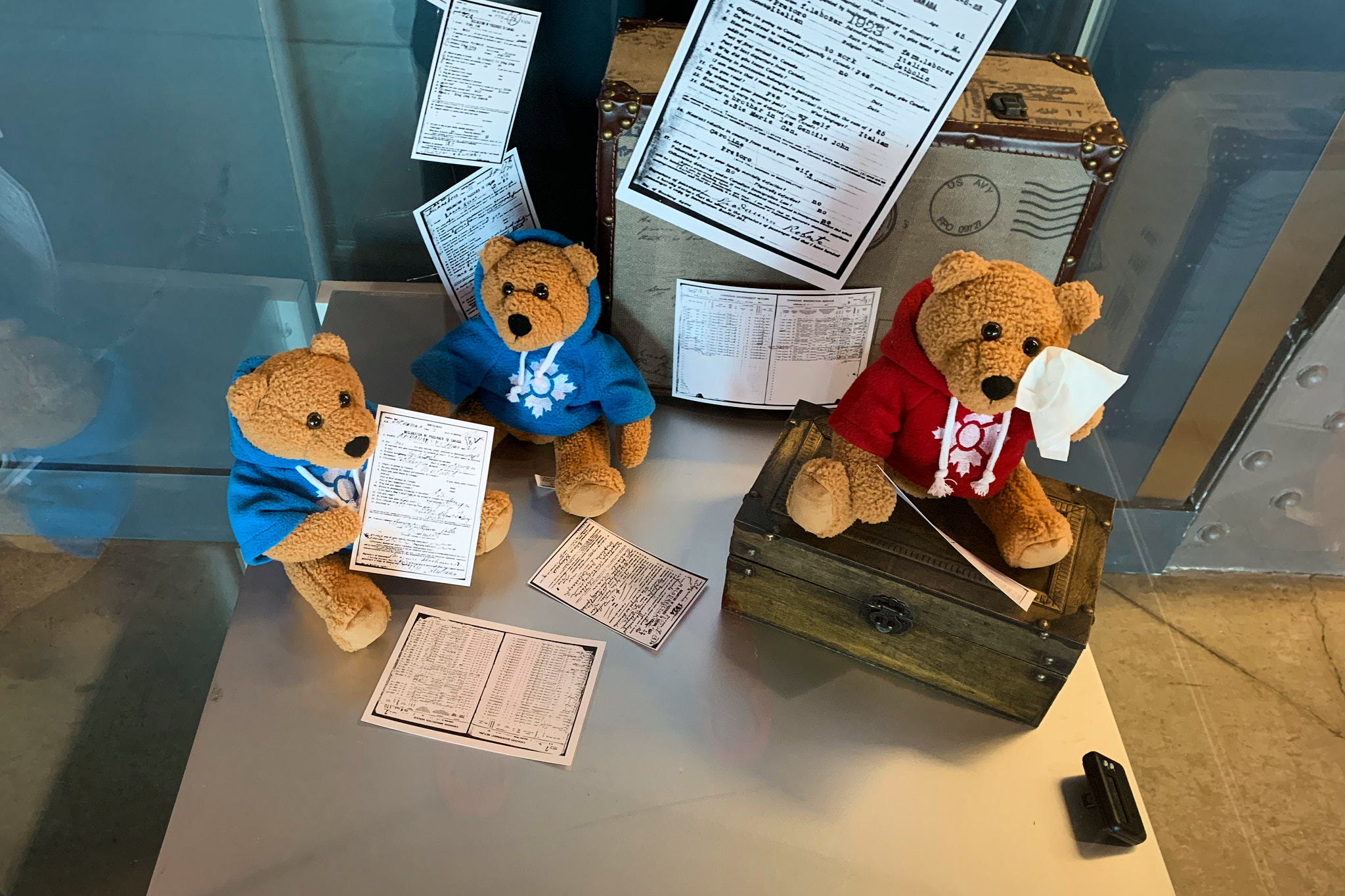
Thoroughly impressed with the museum, I glanced at the city one last time and made my way to Halifax Stanfield Airport.
Flair Airlines, Halifax to Montreal
I proceeded towards the Flair check-in counters at the far end of the terminal. The airline charges $15 to issue a boarding pass at the airport. Knowing that, I added mine to a mobile wallet a few hours in advance.
A few people were already in line at the bag drop-off counter. Lack of priority check-in felt… refreshing. Luckily, I was finished with the bags in less than ten minutes.
Security was a breeze, probably due to the fact that there were more CATSA agents than passengers in the screening area. The airside waiting area, on the other side, was packed.
My flight had been delayed about an hour, which seems to be the norm rather than an exception when it comes to Flair. I didn’t mind it, as it provided me with a chance to grab something to eat.
As boarding was called, passengers who had purchased priority boarding formed a separate queue, about half as long as the regular line. Both queues were moving at the same time, though, leaving me questioning the value of priority boarding.
As I stepped on board, I was greeted by a very friendly flight attendant who encouraged me to proceed to my exit row seat.
Paying for extra legroom proved to be the right choice, considering my 6’3” height. The seat was, however, quite narrow, making it less convenient to work on my laptop during the flight. The tray table was shabby, adding further discomfort.
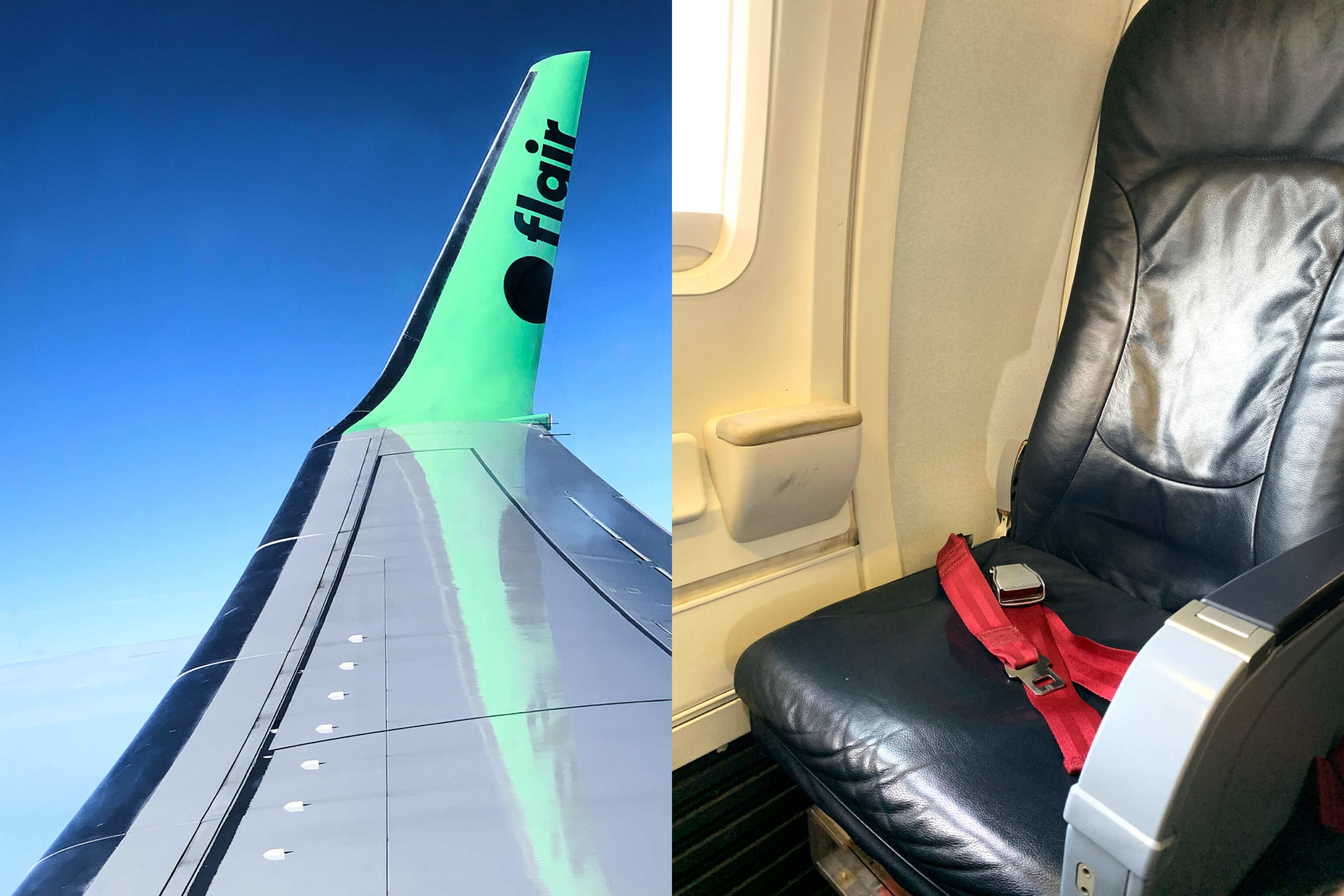
With a full cabin, we soon took off for what was a smooth one-hour ride to Montreal. There was no meal or drink service, and I didn’t see any buy-on-board menu.
Flair has an in-flight entertainment app, but the Wi-Fi on the aircraft was not functioning, so I couldn’t check what the app was offering.
Upon landing in Montreal, we taxied to the far end of the terminal. I’ve never been to this part of the airport, despite having flown out of YUL dozens of times.
My baggage took a while to arrive on the belt, given that Flair doesn’t offer any sort of priority luggage handling. And with that, my trip to Nova Scotia officially came to an end, giving way to a hot Montreal summer day as I exited the airport.
Conclusion
As soon as Nova Scotia reopened to vaccinated travellers from all around Canada, I promptly booked a trip there, and thoroughly enjoyed it.
I spent three days venturing around the Southern part of the province, first passing through Mahone Bay and Lunenburg, two scenic towns with a strong Atlantic heritage.
I then continued to Yarmouth, and having spent the night there, drove to Annapolis to see the Fort Anne National Historic Site. On my way back to Halifax, I passed through Kejimkujik National Park that houses a stunning lake and a beach with crystal-clear waters.
Throughout the road trip, I checked out breweries, wineries, and a distillery, showcasing unique taste profiles of the region.
Upon returning to Halifax, I went to the Citadel, the Public Gardens, and the Pier 21 Immigration Museum. The first two landmarks showcased the British heritage of Canada, while Pier 21 revealed the hurdles and hopes of immigrating to Canada in the 19th and 20th centuries.
All in all, I thoroughly enjoyed my journey to Nova Scotia. I was lucky to see both the natural beauty of the region and the landmarks of its capital city.
I’d certainly recommend the region as an easy domestic getaway in the fall or next summer, and I’m looking forward to returning for another round of sightseeing in 2022 to try out new eats, drinks, attractions, and hotels.
















You should have skipped Fort Anne and gone to The Habitation instead. It is much more interesting. It is a reconstruction of a 1605 settlement by Champlain and others.
Wish I had known you were visiting the Yarmouth area. You missed out on a golden opportunity. On each side of the town (I’m still LOLing at your reference of ANYTHING outside Halifax as a city earlier in the post) are two French speaking regions that would have perhaps given you a unique non-Anglo view of the area intermixed with your choices. And the service amongst Les Acadiens de la Nouvelle-Écosse wouldn’t have let you down. Why live with unkept trash bins when you could have been feasting on lobster poutine or rappie pie !!?